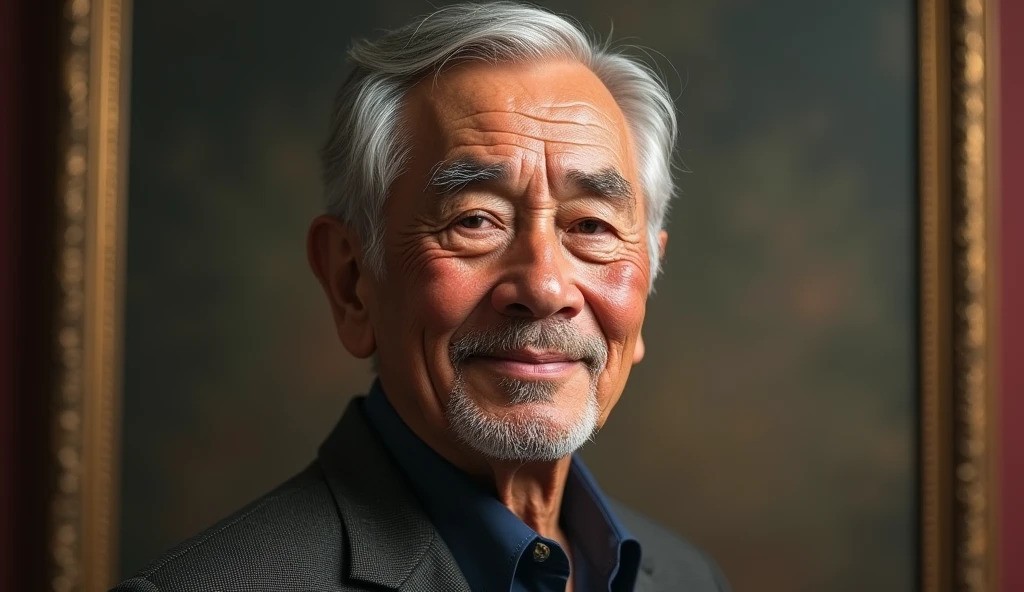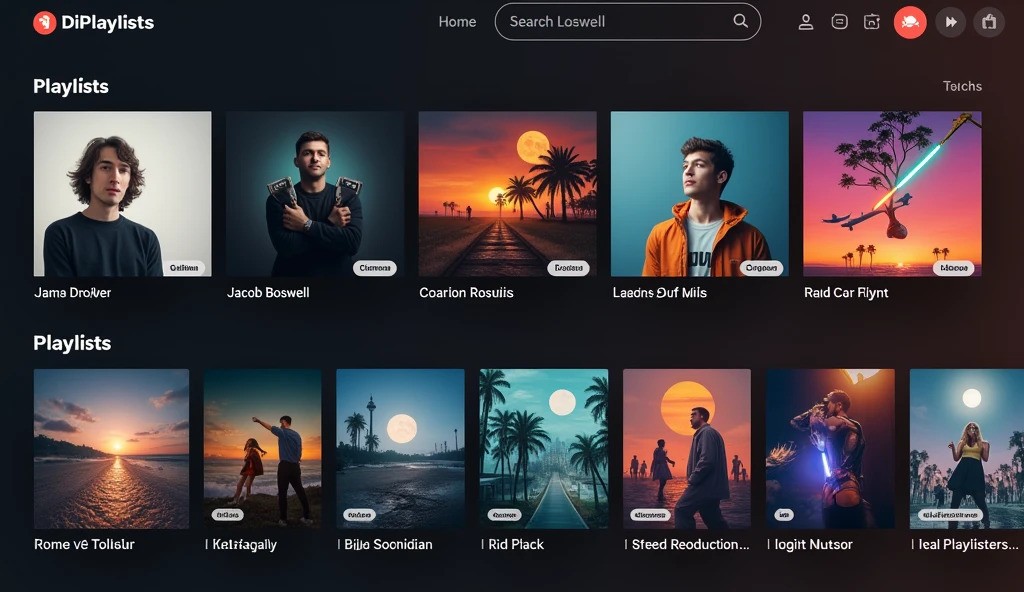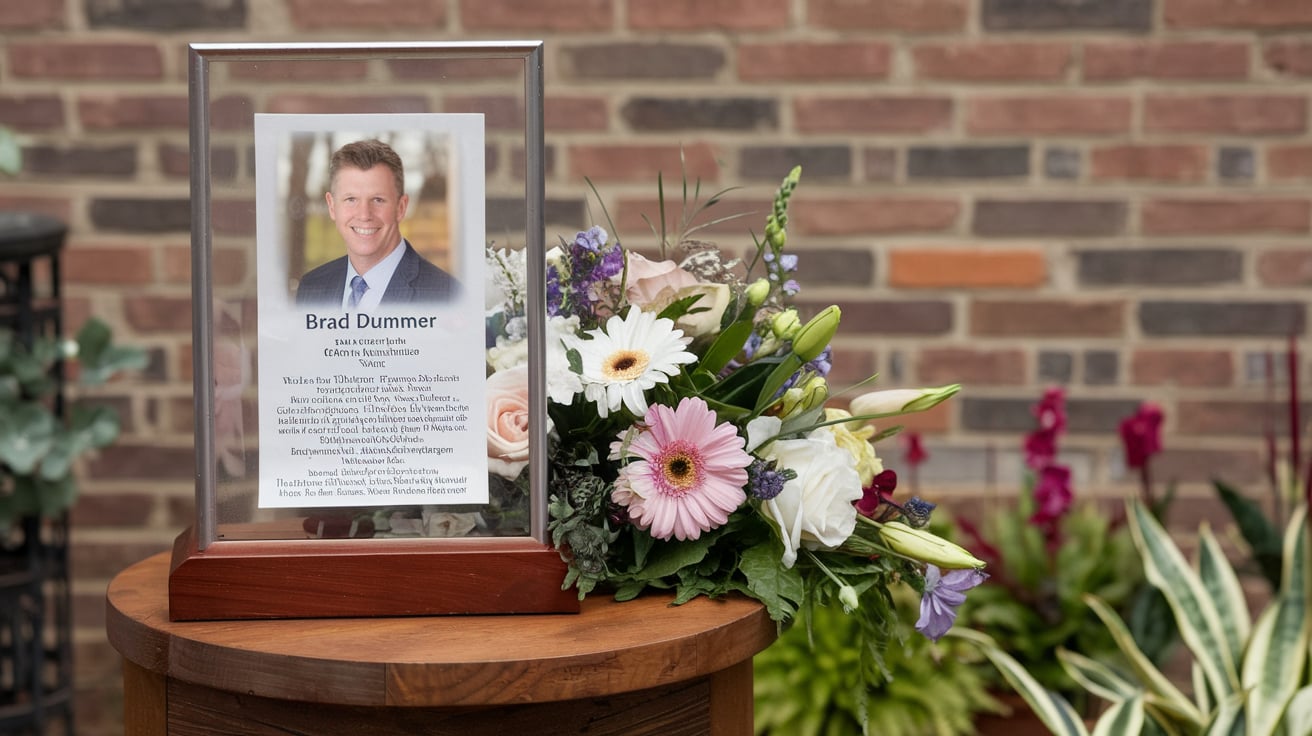
Mastering pulsamento transformed my guitar playing completely. I used to struggle with maintaining a steady rhythm, but once I started focusing on pulsamento, my music became more dynamic and expressive.
Pulsamento, from the Spanish word for “pulse,” adds rhythm and feeling to music. It enhances your playing by making it more dynamic and expressive. Learn how pulsamento can bring your music to life.
In this article, we will talk about “pulsamento” and how it can add rhythm and feeling to your music. We’ll explore how this technique can make your playing more expressive and lively.
What Is Pulsamento In Music?
Pulsamento in music is all about the steady beat or rhythm that comes from playing notes or chords in a specific pattern.

It’s like the heartbeat of a song, keeping everything in time and giving the music its groove. Whether you’re playing classical guitar, jazz, or flamenco, pulsamento is crucial.
It helps musicians keep a steady pace, express emotions, and make their music more lively and exciting. Mastering pulsamento means getting really good at keeping this beat consistent and using it to add feeling and energy to your music.
How Can Pulsamento Enhance My Guitar Playing?
Learning pulsamento can really make your guitar playing better. It helps you keep a steady beat, which is super important in any kind of music.
Whether you’re playing classical music with delicate fingerpicking or strumming along to jazz tunes, having good pulsamento skills keeps everything sounding smooth and together.
Plus, pulsamento adds feeling and excitement to your music. When you master how to switch between notes or chords smoothly and with the right timing, it makes your guitar playing sound more lively and interesting.
In styles like flamenco, where the rhythm is intense, pulsamento techniques like rasgueado make your guitar sound powerful and full of energy.
How Do I Practice Pulsamento Effectively?
To practice pulsamento effectively, start by understanding the basic rhythm of the music you’re playing. Begin slowly and gradually increase your speed as you get more comfortable.
Focus on switching between notes or chords smoothly and evenly, paying attention to how each stroke sounds and feels.
Practice different pulsamento techniques depending on your music style. For classical guitar, work on precise fingerpicking patterns.
Jazz guitarists can practice rhythmic improvisation and syncopated rhythms. Flamenco players should focus on techniques like rasgueado and golpe for strong, rhythmic playing.
Regular practice sessions where you challenge yourself with new rhythms will help you build the skills and confidence to play pulsamento with expression and skill.
Can Pulsamento Be Applied To Different Musical Genres?
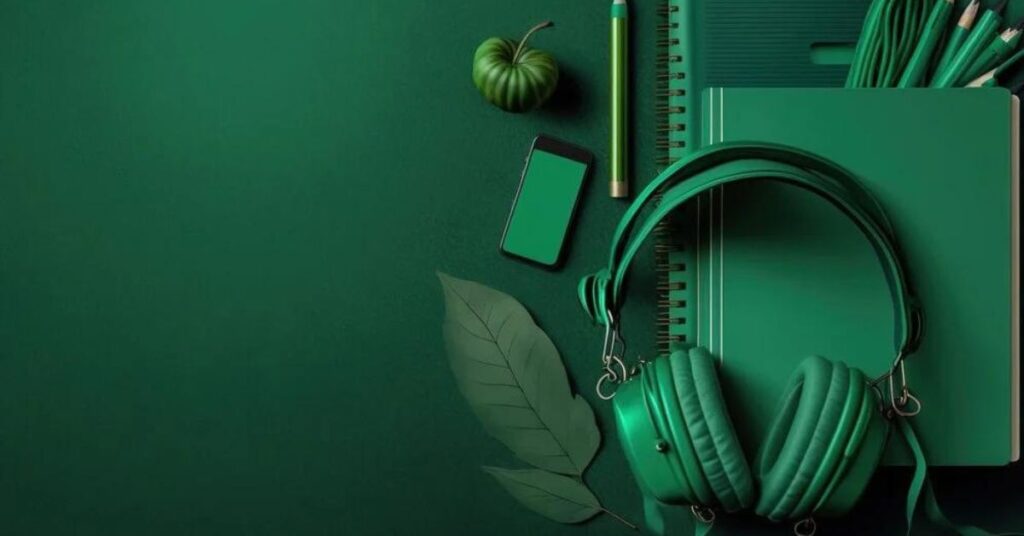
Yes, pulsamento can be applied to various musical genres, enhancing rhythm and expression across different styles:
- Classical Music: In classical guitar, pulsamento techniques are used to articulate melodies and maintain tempo, crucial for compositions by composers like Fernando Sor and Francisco Tárrega.
- Jazz: Jazz guitarists use pulsamento to establish a rhythmic foundation, supporting improvisation and syncopated rhythms that define the genre.
- Flamenco: Essential to flamenco guitar, pulsamento techniques such as rasgueado create the driving rhythms and percussive effects characteristic of flamenco music.
- Fingerstyle Guitar: Across genres, fingerstyle guitarists employ pulsamento for intricate fingerpicking patterns that enhance melodic clarity and rhythmic complexity.
- Pop and Rock: In popular music, pulsamento adds dynamic rhythm to strummed or picked guitar parts, providing groove and structure to songs.
- Blues: Blues guitarists use pulsamento to emphasize the shuffle rhythm and intricate chord progressions that define the genre’s soulful sound.
- Fusion and World Music: Pulsamento techniques are often fused with electronic music elements, blending traditional rhythmic patterns with modern production techniques.
- Latin Music: In genres like bossa nova and samba, pulsamento helps create the infectious rhythms and syncopations that drive the music.
- Country Music: Country guitarists use pulsamento techniques to create rhythmic accompaniments and embellishments that complement vocal melodies and storytelling.
- Experimental and Contemporary Music: Pulsamento’s versatility allows it to be adapted to experimental and contemporary compositions, where it can be used creatively to explore new rhythmic textures and structures.
What Are Common Challenges In Learning Pulsamento?
Learning pulsamento can be tricky for a few reasons. One challenge is keeping a steady rhythm. It’s not always easy to switch between different patterns or speeds without losing the beat.
Using a metronome during practice helps a lot to improve your timing. Another challenge is getting the right feel and expression in your playing.
Sometimes, musicians focus too much on hitting the right notes and forget to add emotion and variation in how they play.
It takes practice to balance technical skill with making your music sound lively and interesting. It’s also important to watch out for timing issues, where small mistakes in rhythm can mess up the flow of your playing.
Practicing regularly and listening carefully to how you sound can help you overcome these challenges and play pulsamento with confidence and feeling.
What Are Some Famous Musicians Known For Their Use Of Pulsamento?
Some famous musicians are known for how they use pulsamento in their music. Andrés Segovia, a classical guitarist, is famous for his precise and emotional pulsamento.
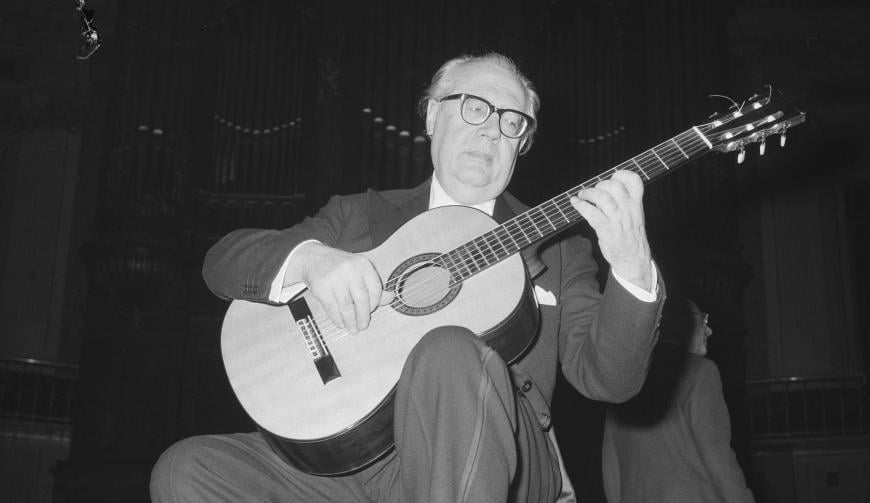
He played pieces by composers like Bach and Sore with clear rhythm and deep feeling, influencing many guitarists. In flamenco guitar, Paco de Lucía is celebrated for his innovative pulsamento techniques.
He introduced new ways of playing like rasgueado and golpe, which added lively rhythms and percussive sounds to flamenco music. Paco de Lucía’s skillful use of pulsamento changed traditional flamenco, making him a legend in the genre.
Must Read: How Did Curious George Die – Discover The Truth Behind!
FAQs:
Can Pulsamento Be Applied To Electronic Music?
Pulsamento techniques can indeed be adapted to electronic music by using sampled guitar loops or synthesized rhythms. This blending adds a human touch to electronic genres, creating unique and eclectic sounds.
How Can Pulsamento Benefit Vocalists?
While traditionally associated with instrumentalists, vocalists can benefit from pulsamento by using rhythmic patterns to enhance phrasing and delivery, adding depth and dynamic to their performances.
Are There Cultural Variations In Pulsamento Techniques?
Yes, different musical cultures have unique approaches to pulsamento. For example, flamenco uses rasgueado for percussive effects, while classical guitar focuses on precise fingerpicking patterns.
Can Pulsamento Help In Learning Other Instruments?
Absolutely! Pulsamento techniques like rhythmic accuracy and dynamic control are transferable to various instruments, such as piano and drums, improving overall rhythmic proficiency.
Conclusion:
pulsamento is a crucial rhythm technique that adds depth to music across many styles and cultures. It’s used by famous musicians like Andrés Segovia and Paco de Lucía to bring both technical skill and emotion to their performances.
Read More:

